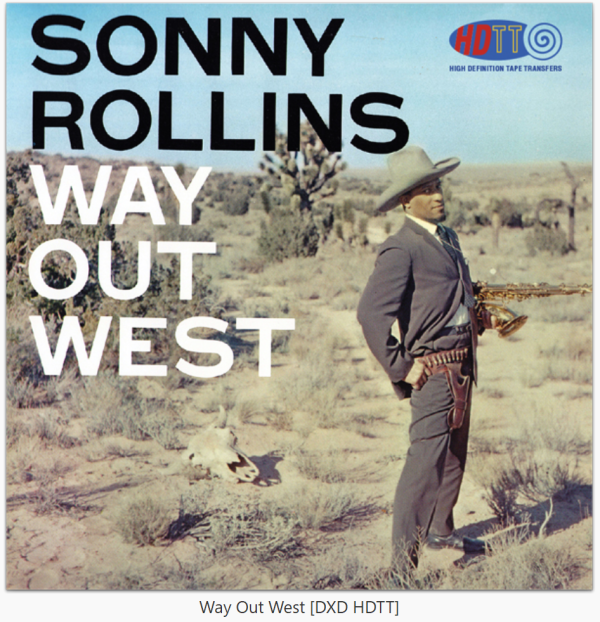Hmmm, not sure what you mean by "quality" here. But let's give this a try...
The tracking channels (source) used in the mixing process are DSD64, one channel per microphone. This is our absolute source because this is what came from the microphone to the initial A/D conversion. These tracking channels are then mixed to a stereo output. That stereo output is at DSD256 when it comes out the other end of the HQPlayer Pro mixing process because that is what the mastering engineer (Tom Caulfield in this case) specified.
The mastering engineer could alternatively have specified that the mixing output be at DSD64. In the final release, the Producer's Choice album will be available for download in multiple different modulations: a mastering output at DSD64, then another at DSD128, then DSD256, and then DSD512. These files are identical except for the modulation to the higher carrier frequencies. But, they will not sound the same. They will not sound the same because of the way each of our DACs will handle that file at that given carrier frequency, and by the degree that the different carrier frequencies move the signal above noise and filter levels.
And here we get beyond what I understand. What I do know is what I hear when I listen to the different modulations on my DAC. And this will be different from what someone else hears on their DAC. This is because, unless our DACs are using exactly the same internal circuits or D/A converter chips, our different DACs will process the signal differently.
An example of this is the way most current manufacture D/A chips are optimized to process at the frequency of DSD512, and this is why some listeners will say that DSD512 sounds better to them. It's because their D/A converter chip is optimized for DSD12 and provides a cleaner output at that carrier frequency.
So, "is the quality the same" - doggone if I know. What DAC do you use. That will decide for you what resolution file you should download. It is why NativeDSD provides alternative DSD resolutions.
But is it "the same recording"? Yes.
And would original tracking channels made at DSD256 sound even better? Yes. But this album was recorded before DSD256 was available, so DSD64 tracking channels are what we have.
I hope this helps some. It is a complex topic, and I am not at all sure I'm being technically accurate in my explanation. I'm not an engineer, just a music listener whose been trying to understand by asking a lot of questions of people who work with this stuff.
The tracking channels (source) used in the mixing process are DSD64, one channel per microphone. This is our absolute source because this is what came from the microphone to the initial A/D conversion. These tracking channels are then mixed to a stereo output. That stereo output is at DSD256 when it comes out the other end of the HQPlayer Pro mixing process because that is what the mastering engineer (Tom Caulfield in this case) specified.
The mastering engineer could alternatively have specified that the mixing output be at DSD64. In the final release, the Producer's Choice album will be available for download in multiple different modulations: a mastering output at DSD64, then another at DSD128, then DSD256, and then DSD512. These files are identical except for the modulation to the higher carrier frequencies. But, they will not sound the same. They will not sound the same because of the way each of our DACs will handle that file at that given carrier frequency, and by the degree that the different carrier frequencies move the signal above noise and filter levels.
And here we get beyond what I understand. What I do know is what I hear when I listen to the different modulations on my DAC. And this will be different from what someone else hears on their DAC. This is because, unless our DACs are using exactly the same internal circuits or D/A converter chips, our different DACs will process the signal differently.
An example of this is the way most current manufacture D/A chips are optimized to process at the frequency of DSD512, and this is why some listeners will say that DSD512 sounds better to them. It's because their D/A converter chip is optimized for DSD12 and provides a cleaner output at that carrier frequency.
So, "is the quality the same" - doggone if I know. What DAC do you use. That will decide for you what resolution file you should download. It is why NativeDSD provides alternative DSD resolutions.
But is it "the same recording"? Yes.
And would original tracking channels made at DSD256 sound even better? Yes. But this album was recorded before DSD256 was available, so DSD64 tracking channels are what we have.
I hope this helps some. It is a complex topic, and I am not at all sure I'm being technically accurate in my explanation. I'm not an engineer, just a music listener whose been trying to understand by asking a lot of questions of people who work with this stuff.
Last edited:






